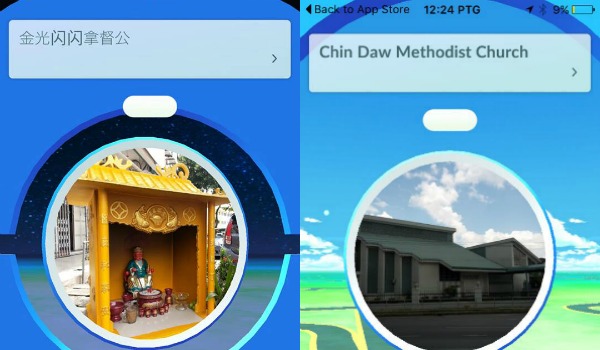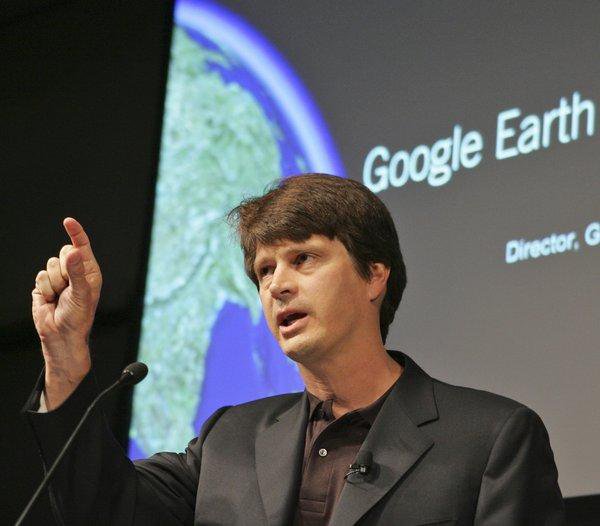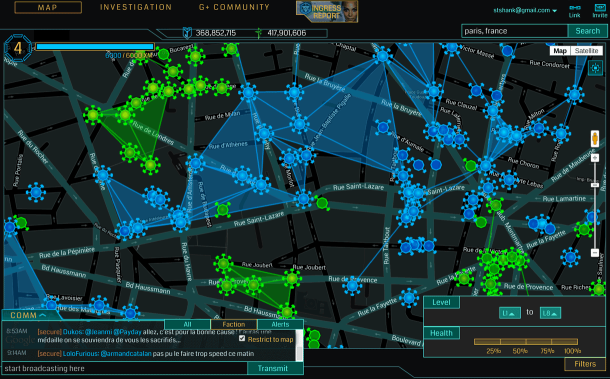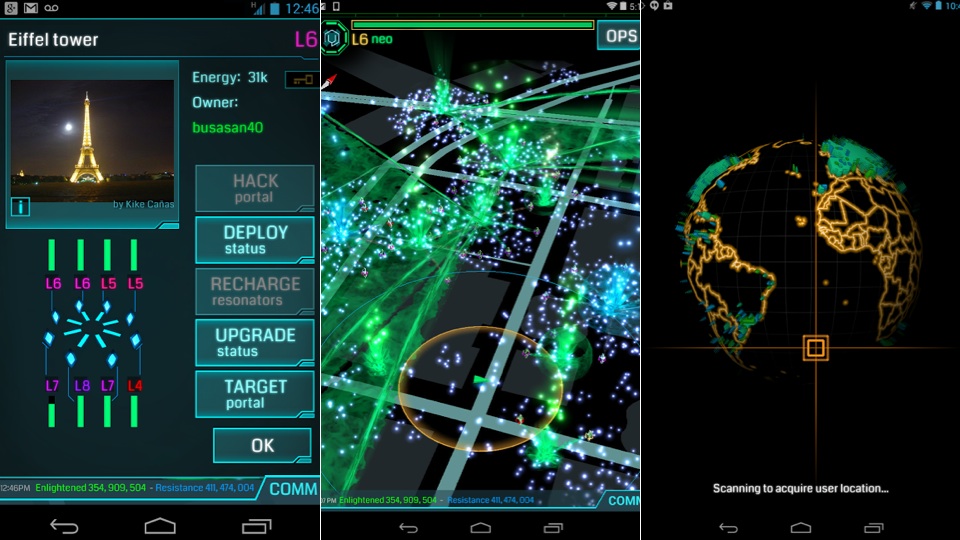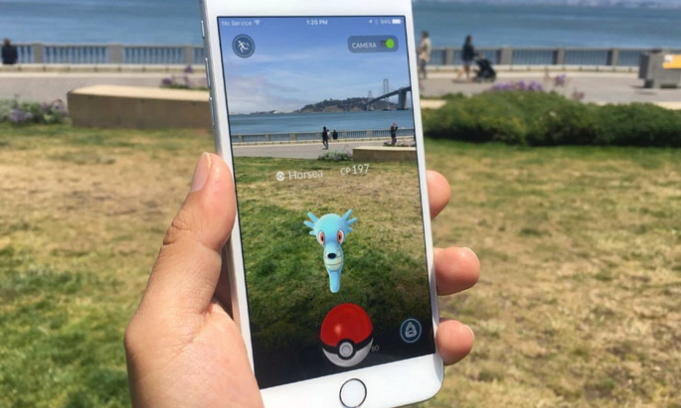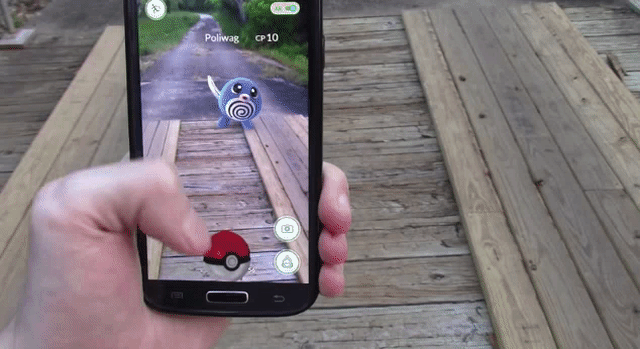The Reason Why So Many PokéStops Are Churches, Mosques And Temples
A lot of work has gone into the mapping of the game.
We've been playing Pokémon GO religiously ever since it was released on Saturday and we can't help but notice one thing...
Most PokéStops are either temples, shrines, mosques or churches!
The placements of the PokéStops seems pretty random too. One location, like the KLCC Park, can be filled with PokéStops while some tamans could be a desolate wasteland with nothing at all. Why is that so?
You see, the design and developing of Pokémon GO actually dates back to Google. John Hanke, the CEO and founder of Niantic, is a Google veteran!
Before starting a game that would garner more daily users than Twitter and launch an international craze, Hanke built a long track record as an innovator at Google.
It all started when Google became interested in one of his start-ups, a geo-location data company called Keyhole. The startup was acquired in 2004 and it helped shaped what Google Maps is today.
Hanke proceeded to join Google in the same year to lead Google Maps and Google Earth. But he remained an entrepreneur at heart.
He then launched Niantic inside Google to focus on next-gen games and spun it out as a separate company last year. The company's first augmented reality game was sci-fi based Ingress, which - like Pokémon GO - takes advantage of the cameras and GPS on every smartphone.
Much like Pokémon GO, Ingress is a game of geolocation. Players must travel to specific locations to capture portals, which link with other captured sites to form zones
During the beta stages of the game, Hanke and his team choose first portals based on sites with historical or cultural significance, such as The Washington Monument, Big Ben, The Eiffel Tower and places of interests.
Other locations were taken from geotagged locations from Google. Having a background in Google certainly helps!
According to Mashable, Niantic then asked Ingress players from all over the world to submit places they thought were worthy of being portals. A total of 15 million submissions came through but only 5 million locations were chosen.
With such a robust data bank, it would make perfect sense for the company to use it as a starting point for Pokémon GO
Niantic has turned the more popular locations into Gyms. The less popular (but still active and approved) locations have become PokéStops. "The PokéStops are submitted by users, so obviously they're based on places people go," Hanke said. "We had essentially two and a half years of people going to all the places where they thought they should be able to play Ingress, so it's some pretty remote places."
Niantic geographic markers went the extra mile by integrating Pokémon habitat in the game
"We assign values based on whether there is a water body in an area — so a stream, a river, a pond — whether areas are designated as zoos or parks, or other kinds of mapping designations," Hanke told Mashable.
So, next time you're wondering why Pokémon GO seems to be telling you to go to a church, or your taman's mosque, odds are that it's actually curated from Google Maps or an Ingress player who suggested it!
We get that everyone striving to be the very best, but please be safe and respectful especially in places of worship!
